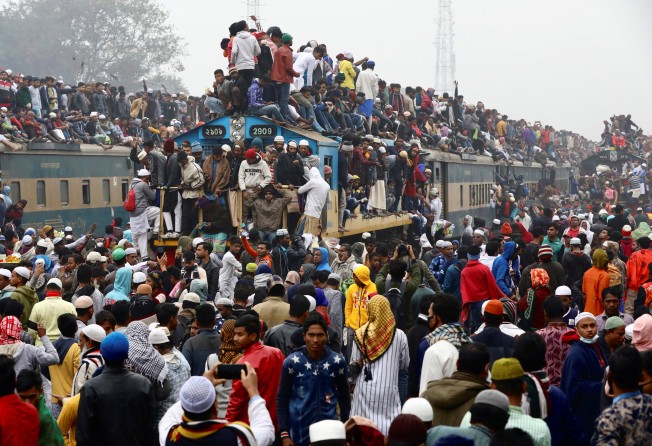Opinion | How developing nations can get the infrastructure they need
- There is no shortcut to efficient, climate-resilient infrastructure projects that attract investors, and pathways include country reforms and global cooperation
- But countries must first chart their own paths and signal for change; only then can the World Bank step in to help secure financing

The global crises we are facing have brought us to a pivotal moment in development that demands our immediate, urgent attention.
Climate change, Covid-19 and war in Europe have created a perfect storm that threatens economic development. Moreover, the knock-on effects on the global economy – in the form of mounting fiscal pressures, public debt, interest rates, inflation and country risk for investors – have created an environment that makes development finance especially challenging.
Print option is available for subscribers only.
SUBSCRIBE NOW